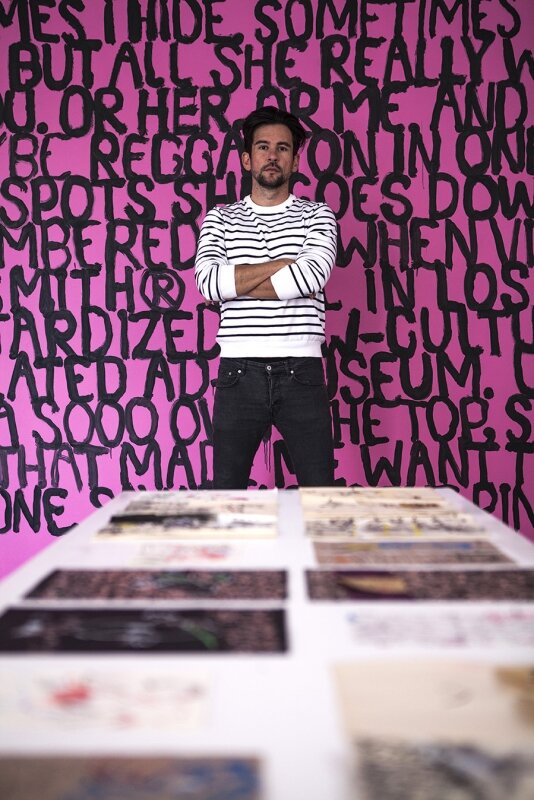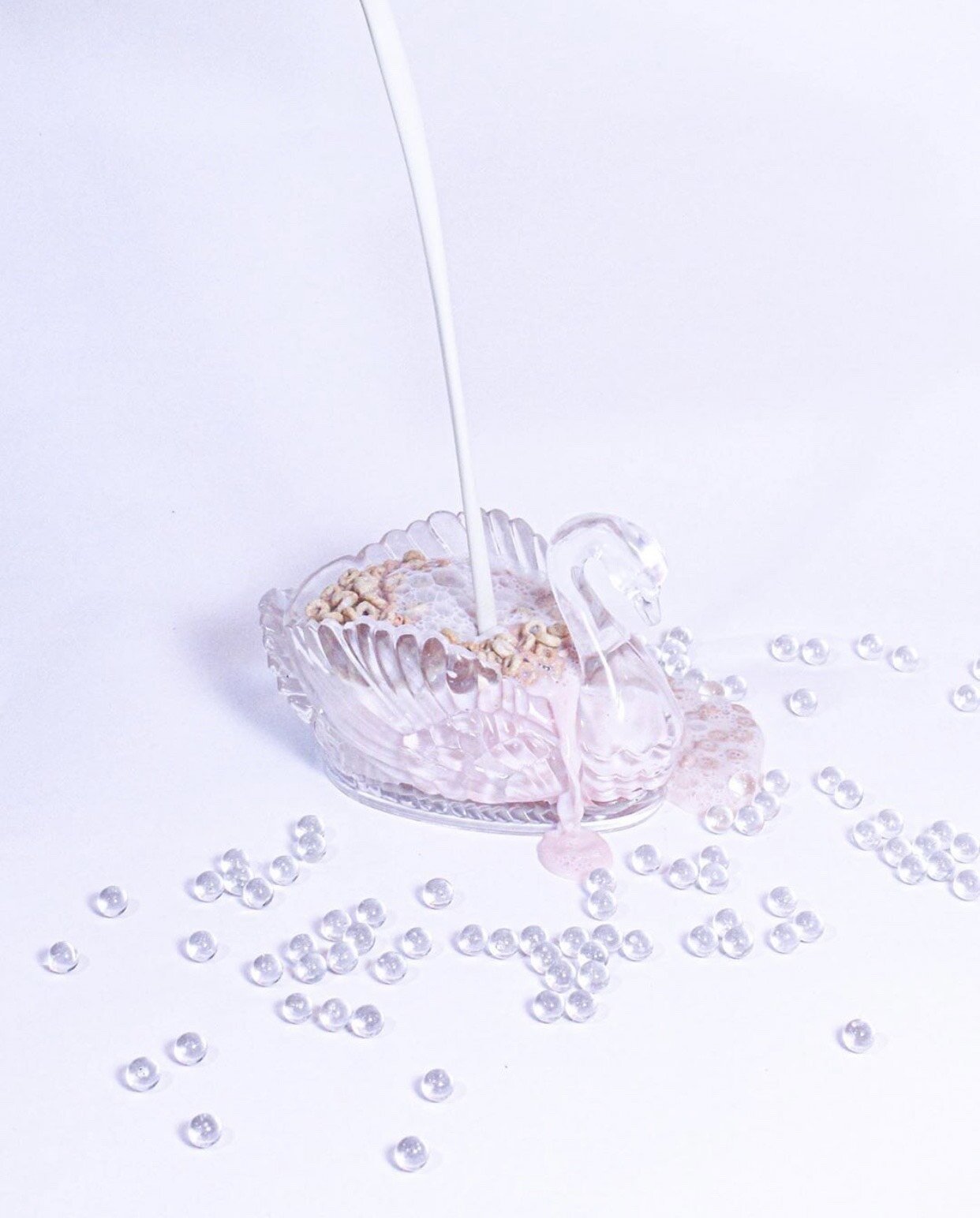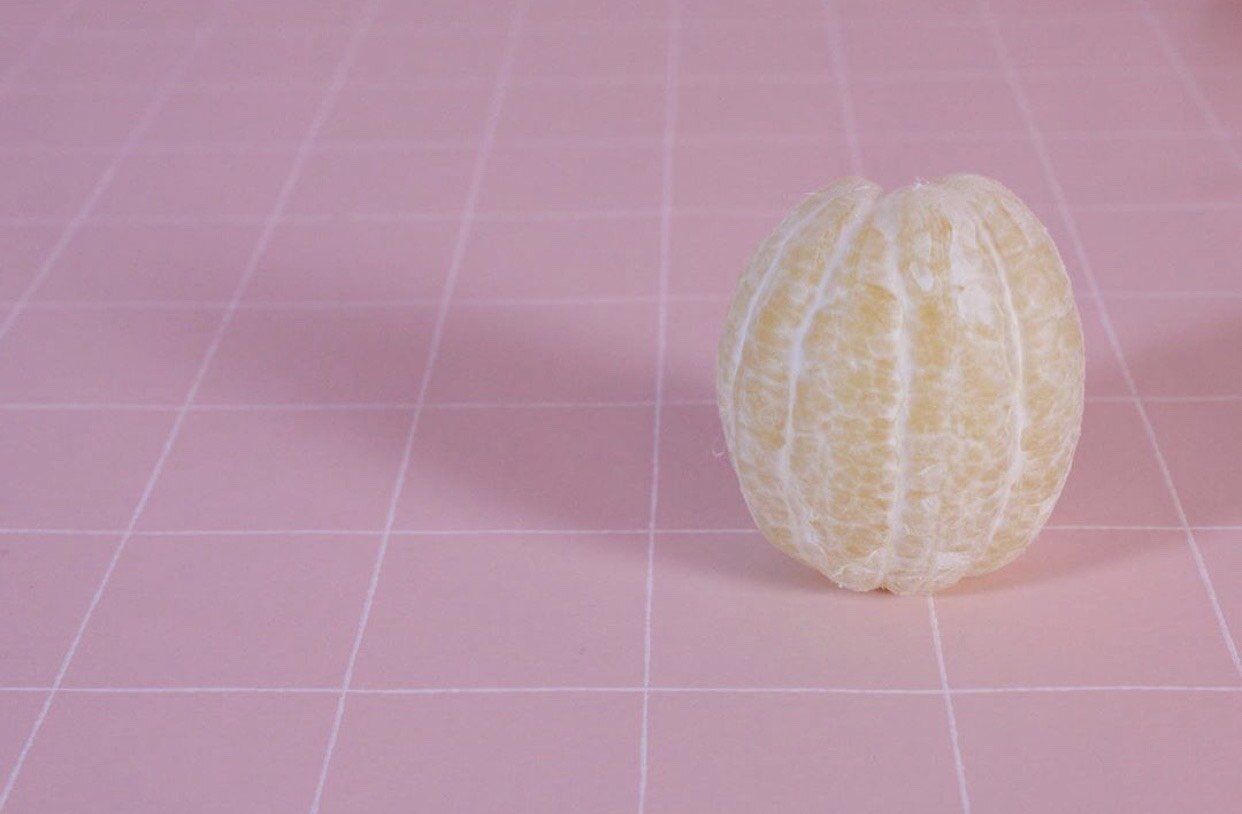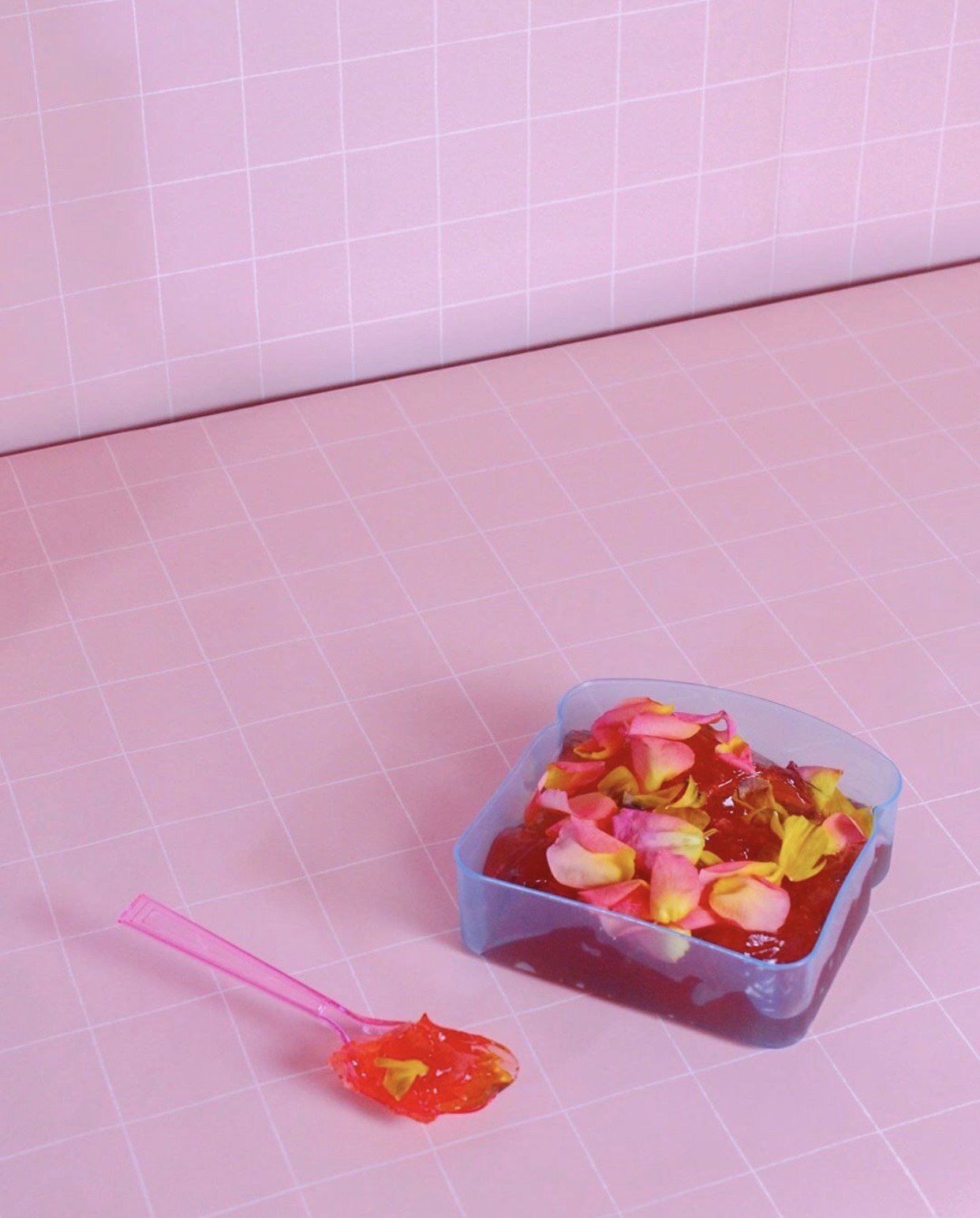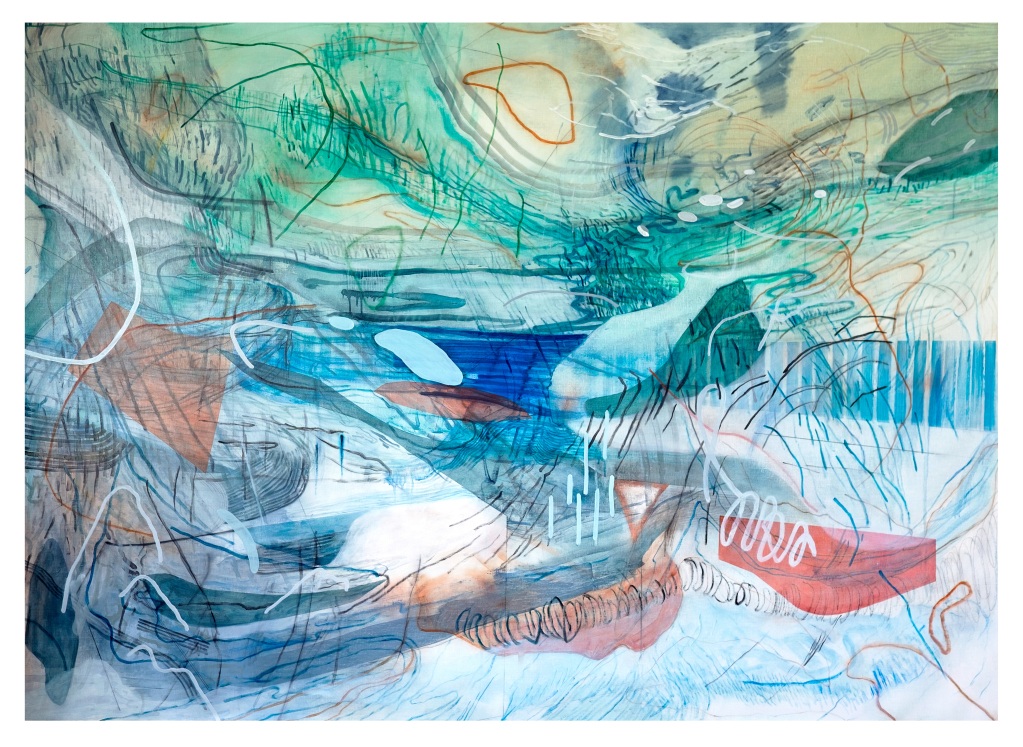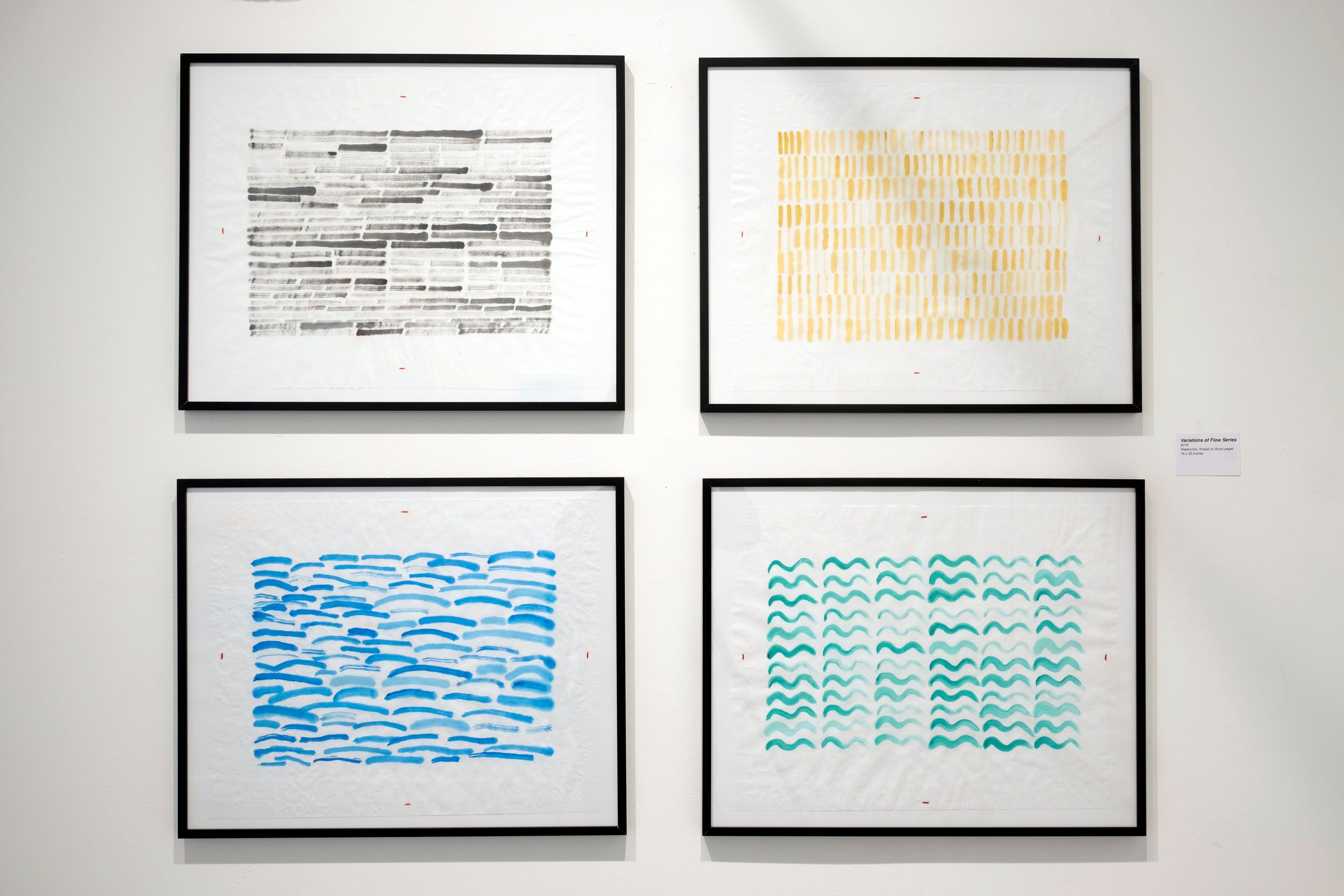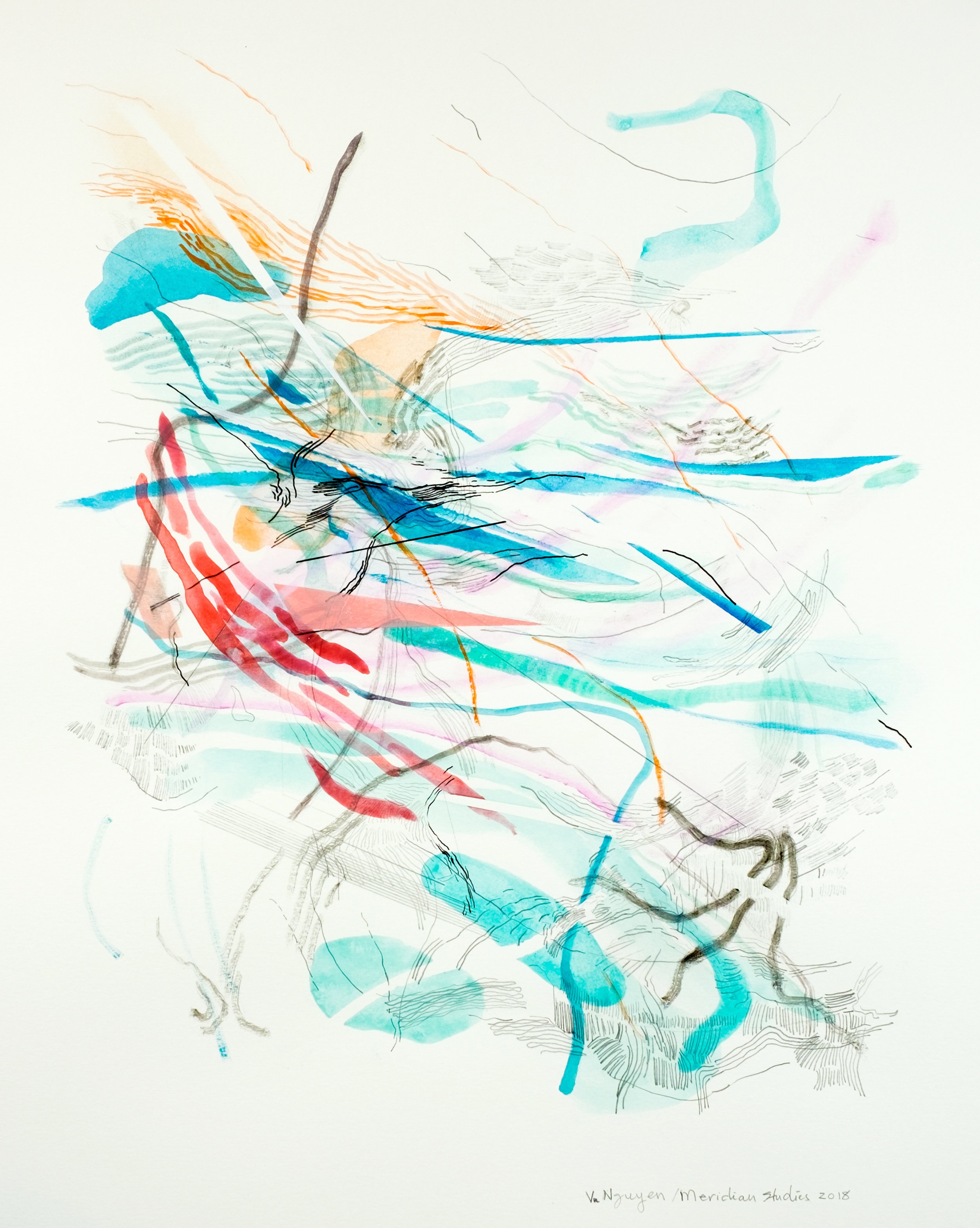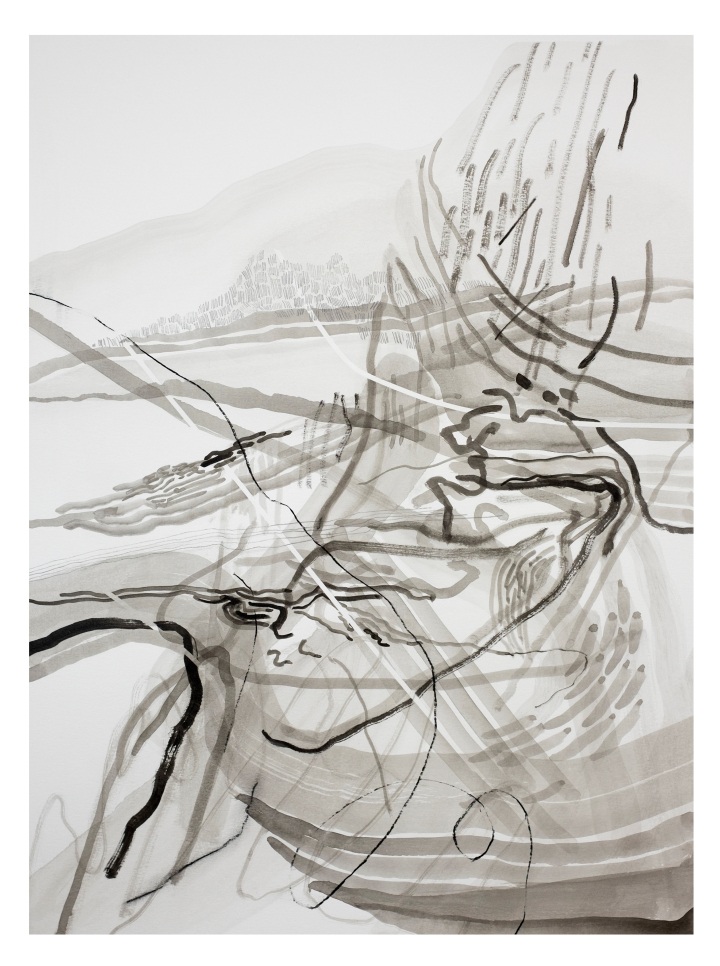Confessing our deepest emotions through our own words at times seems like the impossible task. Sure, there’s fear of all potential judgments, which is overwhelming for anyone, but saying what we mean is liberating. For Ecuadorian artist, Jaime Nuñez del Arco, the written word serves as a powerful tool to deliver snippets of raw human condition capturing distinct parts of our psyche. These striking messages are supported by a complex vignette of visuals that are sprinkled around to complement the story being told on canvas.
Painting is something that has always remained close to Nuñez del Arco’s heart and culture. As he points out, “I come from an Ecuadorian coastal family that is strongly connected to culture and letters; artists, musicians, poets and writers. I keep memories from my childhood like drawing metal band logos and creating small fanzine-inspired movie posters that appeared in the local newspaper. Then I continued writing regularly, and studying and working as an advertising copywriter in agencies.”
Nuñez del Arco’s work has a “punk” element aligned with the Neo-expressionist movement of the 1970s. First emerged in America, the movement paired words with cartoon-like visuals welcoming a fresh way of looking at life through an unapologetic artistic lens. The style is known for expressing intense emotion through vibrant colors in an almost collage-like manner. Renowned artists emerging from this school include Julian Schnabel, Jean-Michel Basquiat, and Georg Baselitz.
For Nuñez del Arco, as his career started taking off during the 2000s, he showed his first works on paper and other small formats at galleries in Ecuador and Europe. “However, I consider that my first serious show took place when I was invited to On the Edge of Drawing (2010), a collective in the mythical gallery DPM in Guayaquil, curated by Rodolfo Kronfle Chambers,” he says.
His ability to mix graffiti-like visuals, scribble, and words instigates one’s own imagination to kick into high gear. In comparison to today’s world where language sometimes takes a backseat to visual imagery, thanks to social media, television, and smartphones, it’s refreshing to bring back communication via words and language overall. It’s like we have almost forgotten about the power of imagination that comes from organically connecting to messages by reading versus solely relying on visual imagery. By observing the artist’s work, our minds connect the dots to the messages that include confessions, realizations, or simple truths about humanity with pools of color scattered with a feeling to envelop each moment within the whole, like puzzle pieces.
“Words allow me to maintain direct dialogue with an audience. In many of my works, texts extend to build short stories, sometimes ironic, sometimes humorous, always observations of our relationships with sex, technology, religion, or consumption. The pace of letters, strokes, dimensions, readability, and their location in space are variables that define the tone of the work and how we relate to it. There is an architectural element in the connection and stack of letters that attracts me. Although some pieces can be nearly impossible to read, if you invest a little time in these very recognizable forms, you can discover its intention, or desire, build your own narrative. I believe my work progresses towards a world almost entirely written, but of course, also could become something even more chaotic, abstract and cloudy. For now, it is essential to keep writing and keep looking,” he explains.
Nuñez del Arco’s work has been receiving more international exposure. Last year, he had individual shows in Quito (Ecuador), took part in a collective in Klosterfelde Gallery (Berlin) and participated in the Saatchi Gallery’s Screen Project (London). He also expands creatively through his side project Terminal Editions (terminalediciones.com), which allows him to publish his own artist books and those of great talents in Latin American. Additionally, he contributes to collections for institutions such as Printed Matter, Inc. in New York City, the New York Public Library and the MACBA in Barcelona.
The artist is focused on revealing how humans express themselves about anything and how we all do it in an individual manner, which essentially drives his creative mind to create the works we see today. He explains, “I love Wikipedia, the system of questions and answers in Quora, letters to the editor of old magazines, poorly drafted band biographies or characters in subcultures, comments full of humor, romance, nostalgia, violence, and even racism that you are in video YouTube, Instagram posts, or articles from the New York Times. These are all marginal short texts, forgotten and quickly discarded that inspire me to build my works. And even among my clear references are Cy Twombly, Basquiat or contemporaries like David Shrigley or Mark Gonzales, the truth is that I do not follow much the work of other artists. I work day-to-day to detach from that visual obsession that we live with. I prefer to keep sailing between letters, absurd constructions and my own memories.”
That honesty portrayed in his work reveals the layers of humanity that shape the questions, perceptions, opinions, and breakthroughs of our lives. It shows that life is not always lived through the need for preconceived perfection, and even when it is, one can still find the guts to laugh at the absurdities and find humor in the small things as we continue to figure out our individual life cycle in the contemporary world.
For more about the artist, please visit his website.
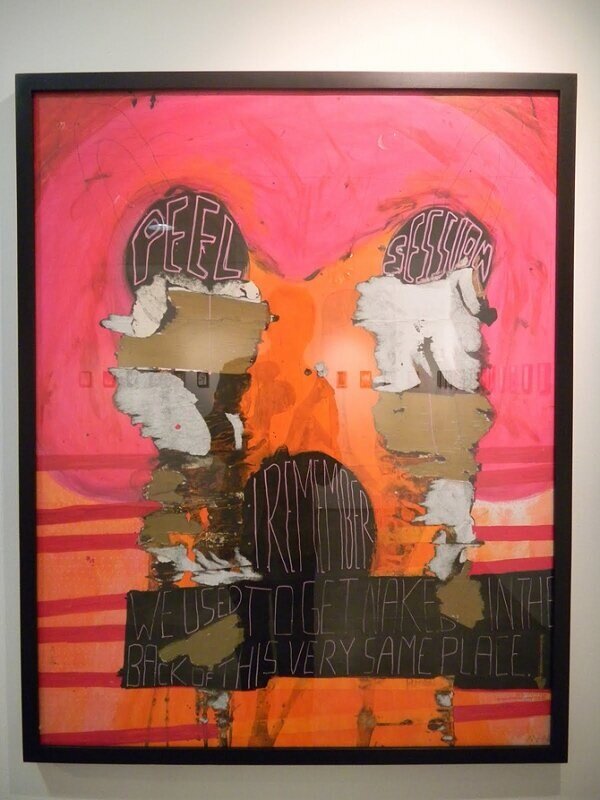
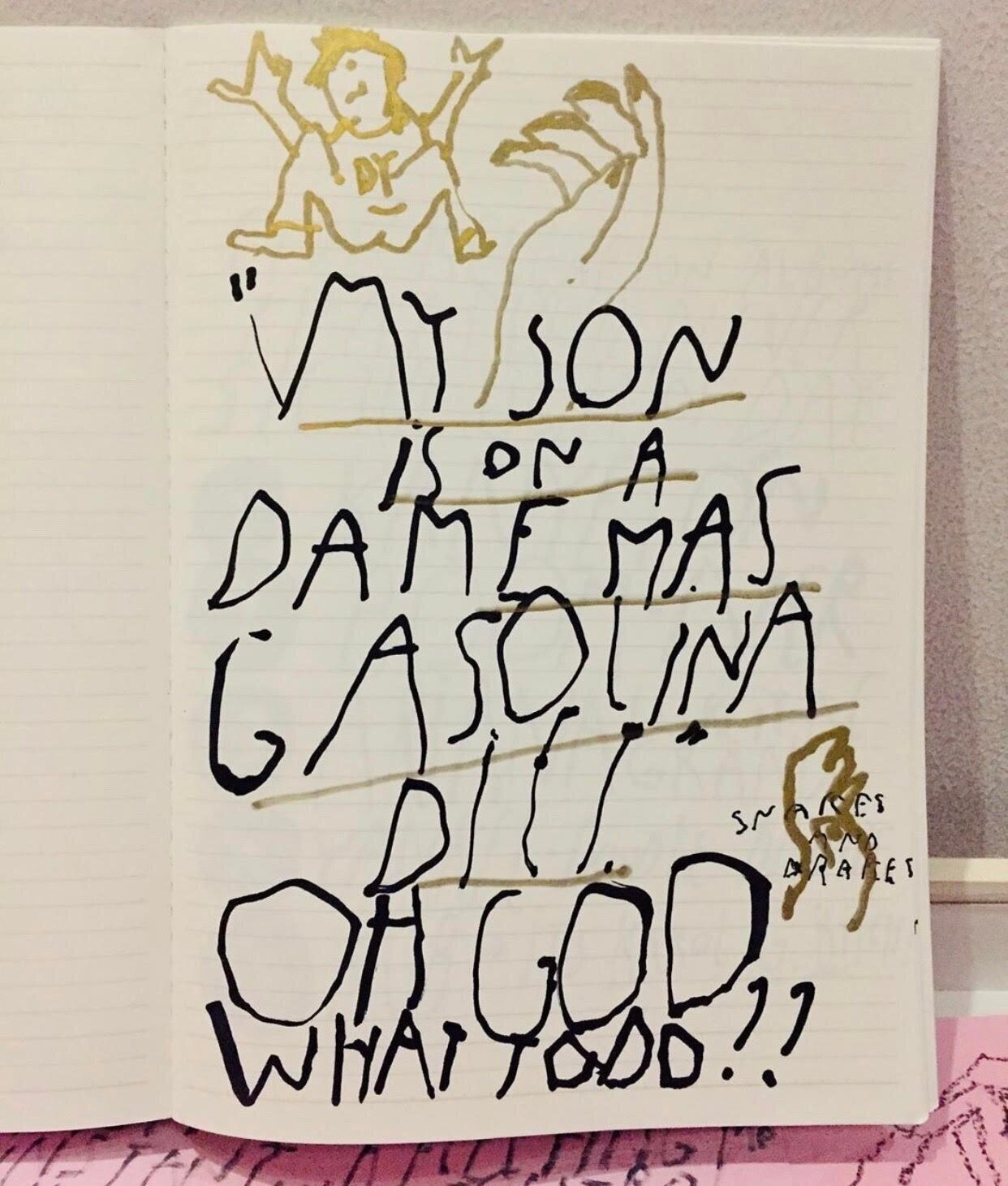
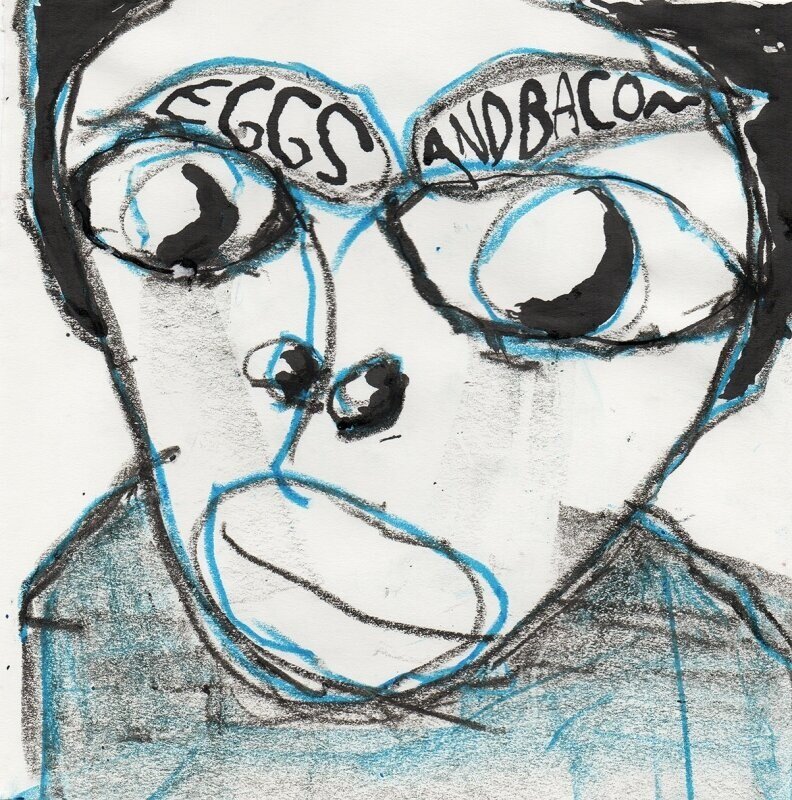
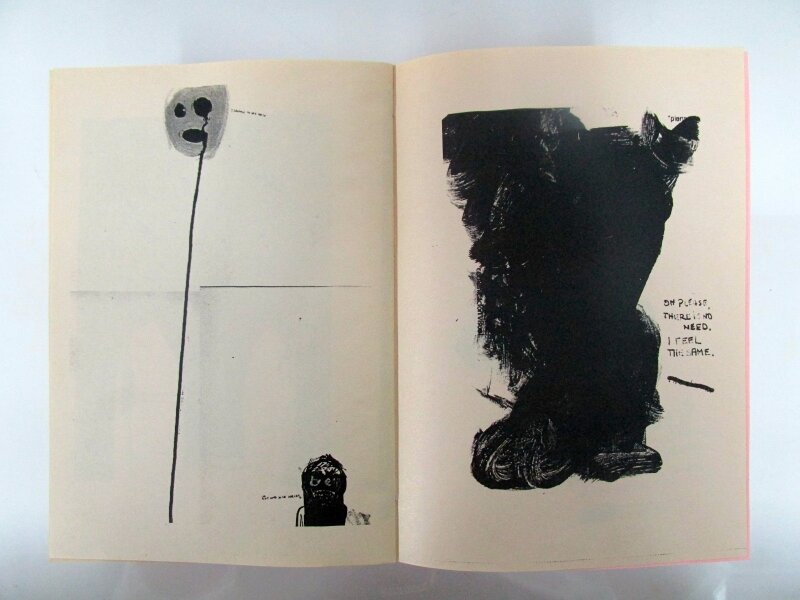
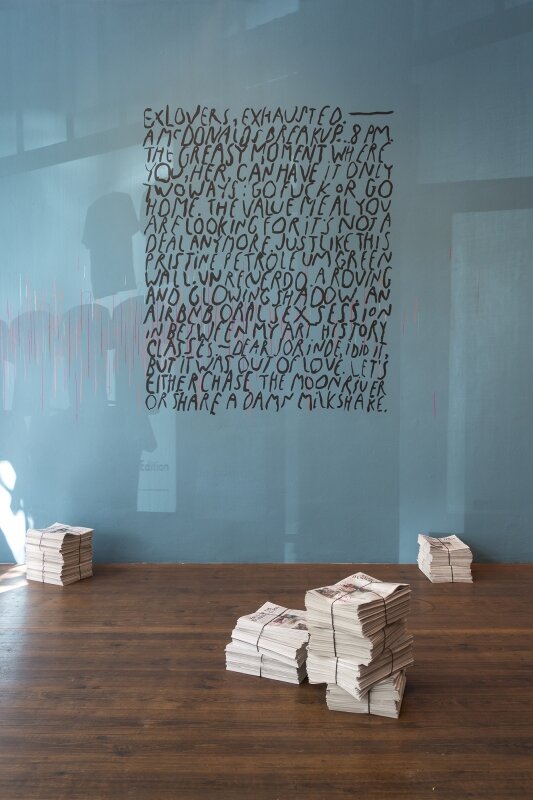

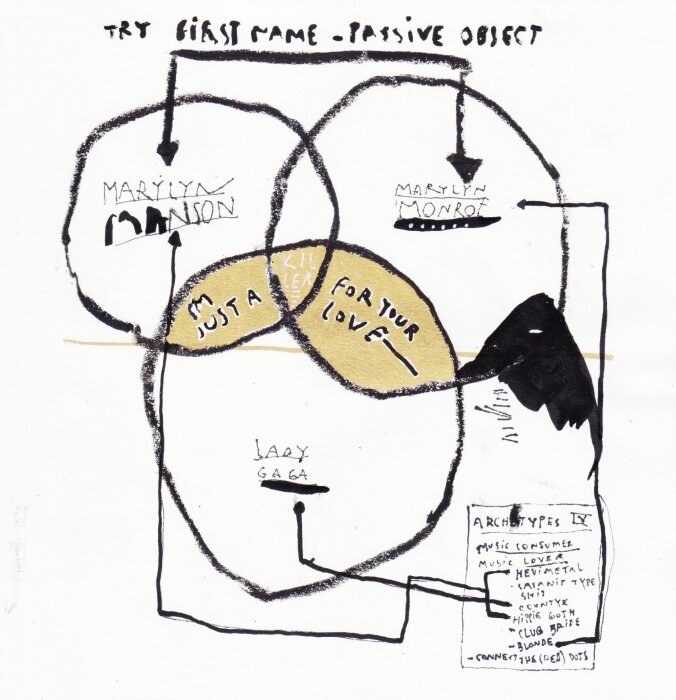
Today’s poem reflects Jaime’s effective use of words on paint:
A Supermarket in California
What thoughts I have of you tonight, Walt Whitman, for I walked down the sidestreets under the trees with a headache self-conscious looking at the full moon.
In my hungry fatigue, and shopping for images, I went into the neon fruit supermarket, dreaming of your enumerations!
What peaches and what penumbras! Whole families shopping at night! Aisles full of husbands! Wives in the avocados, babies in the tomatoes!—and you, Garcia Lorca, what were you doing down by the watermelons?
I saw you, Walt Whitman, childless, lonely old grubber, poking among the meats in the refrigerator and eyeing the grocery boys.
I heard you asking questions of each: Who killed the pork chops? What price bananas? Are you my Angel?
I wandered in and out of the brilliant stacks of cans following you, and followed in my imagination by the store detective.
We strode down the open corridors together in our solitary fancy tasting artichokes, possessing every frozen delicacy, and never passing the cashier.
Where are we going, Walt Whitman? The doors close in an hour. Which way does your beard point tonight?
(I touch your book and dream of our odyssey in the supermarket and feel absurd.)
Will we walk all night through solitary streets? The trees add shade to shade, lights out in the houses, we'll both be lonely.
Will we stroll dreaming of the lost America of love past blue automobiles in driveways, home to our silent cottage?
Ah, dear father, graybeard, lonely old courage-teacher, what America did you have when Charon quit poling his ferry and you got out on a smoking bank and stood watching the boat disappear on the black waters of Lethe?
Berkeley, 1955


